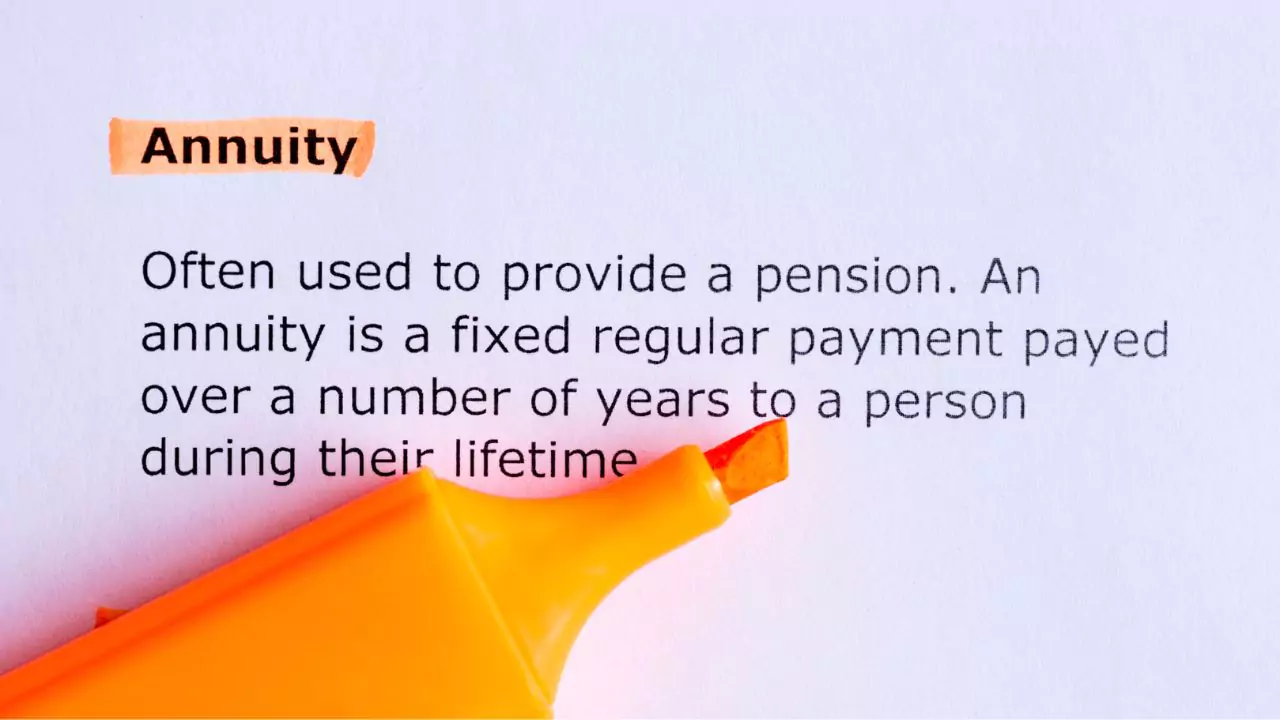Annuities are contracts that give a stream of income for a certain term or life in return for a lump amount or series of payments.
Annuities may provide retirement income, but they can affect estate and tax planning.
An annuity’s fate after death relies on its kind, payment choice, beneficiary selection, and tax restrictions.
We’ll cover annuity payment types, death benefits, tax consequences, and beneficiary financial planning in this post.
Types of Annuity Payouts
There are different types of annuity payouts that affect how long the income lasts and who receives it after the annuitant’s death. The most common types are:
- Fixed-Period Annuity: Guaranteed payments for 10, 15, or 20 years. The beneficiary receives the leftover payments once the annuitant dies. No payments are given once the annuitant dies.
- Life Annuity: Payments are guaranteed for life. Age, gender, and life expectancy determine payouts. No payments or death benefits are issued if the annuitant dies before collecting the full amount deposited in the annuity.
- Life with Period-Certain Annuity: This option combines the features of a fixed period and a life annuity. It guarantees payments for as long as the annuitant lives or for a minimum number of years, whichever is longer. For example, if the annuitant chooses a 15-year period certain and dies after 10 years, the beneficiary will receive payments for another 5 years. If the annuitant lives longer than 15 years, the payments will continue until death.
- Joint and Survivor Annuity: This option guarantees payments for as long as either the annuitant or a co-annuitant (usually a spouse) lives. The payments may be reduced after the first death, depending on the percentage chosen by the annuitants. For example, if they choose a 100% joint and survivor option, the payments will remain the same after either death. If they choose a 50% joint and survivor option, the payments will be cut in half after either death.
What Happens to an Annuity After Death?
The fate of an annuity after death depends on whether it is still in the accumulation phase or in the payout phase.
- Accumulation phase: The annuitant contributes or grows it tax-deferred. If the annuitant dies before receiving annuity payments, the beneficiary will get the greater of the account value or the entire premiums paid.
- Payout phase: This is the period when the annuitant receives income from the annuity according to the payout option chosen. If the annuitant dies during this phase, what happens next depends on whether there is a remaining balance or a guaranteed period in the contract.
- If there is no remaining balance or guaranteed period, such as in a life-only annuity, no further payments are made and no death benefit is paid to the beneficiary.
- If there is a remaining balance or guaranteed period, such as in a fixed period or a life with a period-certain annuity, the beneficiary will receive payments until the balance is exhausted or the guaranteed period ends.
Annuity Death Benefits
When an annuitant dies, beneficiaries get death benefit payments. Death benefits vary by contract and are not included in all annuities. Death benefits from annuities include:
- Payment continuation: This option allows the beneficiary to continue receiving the same or a reduced amount of payments that the annuitant was receiving until the balance of the guaranteed period is exhausted.
- Lump sum payment: This option allows the beneficiary to receive a one-time payment of the remaining balance or the death benefit amount in the contract, instead of continuing the payments.
- Options for trusts as beneficiaries: This option allows the annuitant to name a trust as the beneficiary of the annuity, instead of an individual. This can provide more control and flexibility over how the annuity assets are distributed to the trust beneficiaries, such as children or grandchildren. However, this option may have different tax consequences and legal requirements than naming an individual beneficiary.
Tax Implications and Financial Planning Tips
Depending on the kind of annuity, the amount of principal and profits, and the beneficiary’s connection to the original owner, inheriting annuities might have tax consequences. Annuities might be qualified or nonqualified. Qualified annuities are completely taxable, whereas nonqualified ones are only taxed on earnings. The recipient inherits the account’s taxable money. Taxes are required in the year of withdrawal at the regular income tax rate. The payment structure—immediate or delayed annuity—may affect tax regulations.
Some strategies for minimizing taxes and maximizing benefits for beneficiaries are:
- Taxation of inherited annuities: Beneficiaries should contact a tax specialist to understand their alternatives and liabilities. Income, tax bracket, lifetime, and financial objectives should be considered. They should also be informed of any fines or costs for withdrawing from annuities early.
- Strategies for maximizing annuity benefits: Beneficiaries should weigh lump sum, payment continuance, and annuitization alternatives. They should examine financial flow, risk tolerance, investing goals, and estate planning. They should also read the annuity contract and any riders or features that might influence their benefits.
- Considerations for estate planning and beneficiaries: Beneficiaries should revise their estate plans to include inherited annuity assets and identify their own beneficiaries. They should also discuss their annuity desires with their family and any prospective heirs. They should also keep their annuity contracts, statements, and beneficiary designations secure and accessible.
Annuities are complicated, particularly when it comes to inheritance. With adequate preparation and counseling, beneficiaries may make educated choices that meet their needs and preferences. Beneficiaries and annuitants may benefit from annuities.



